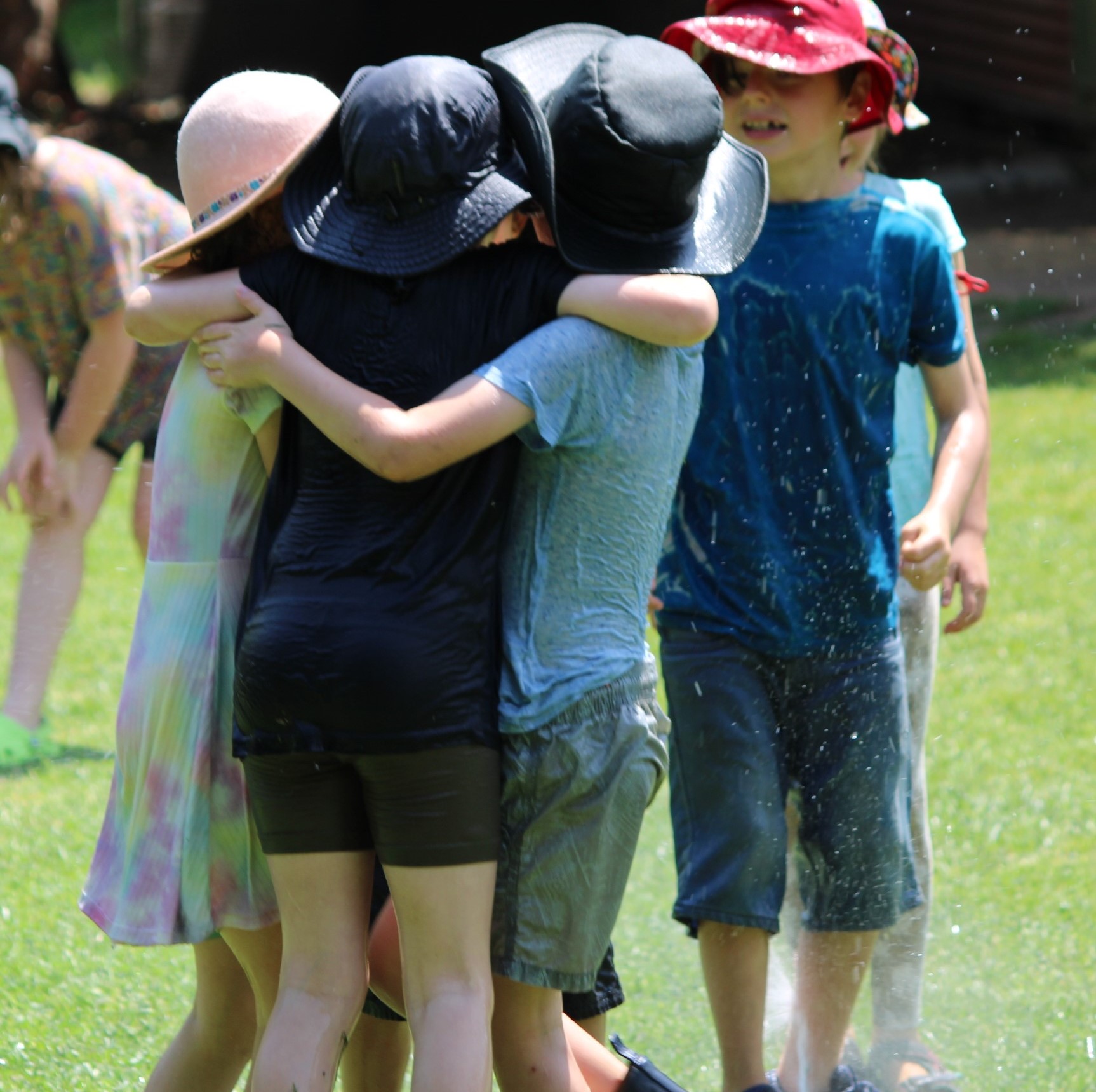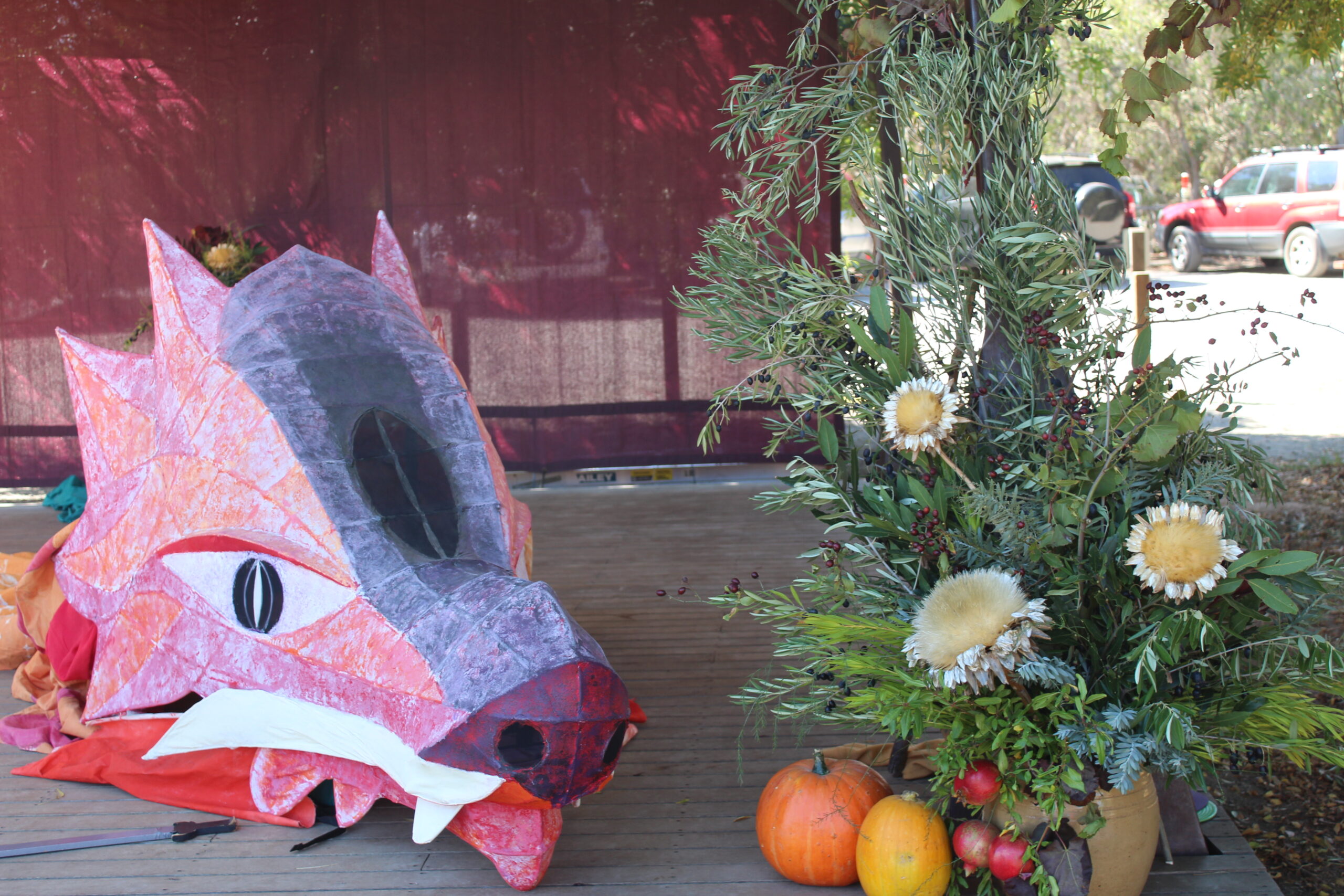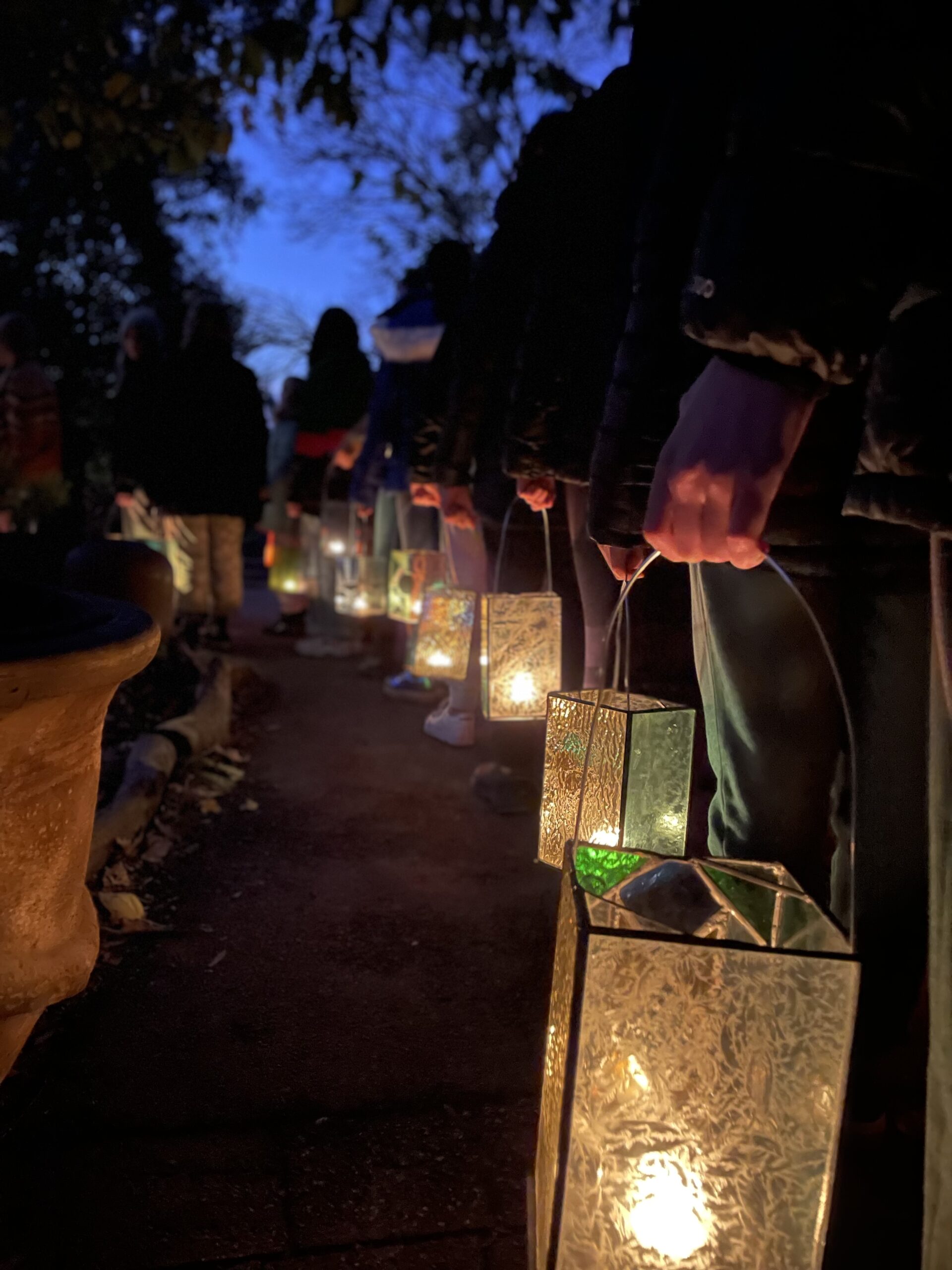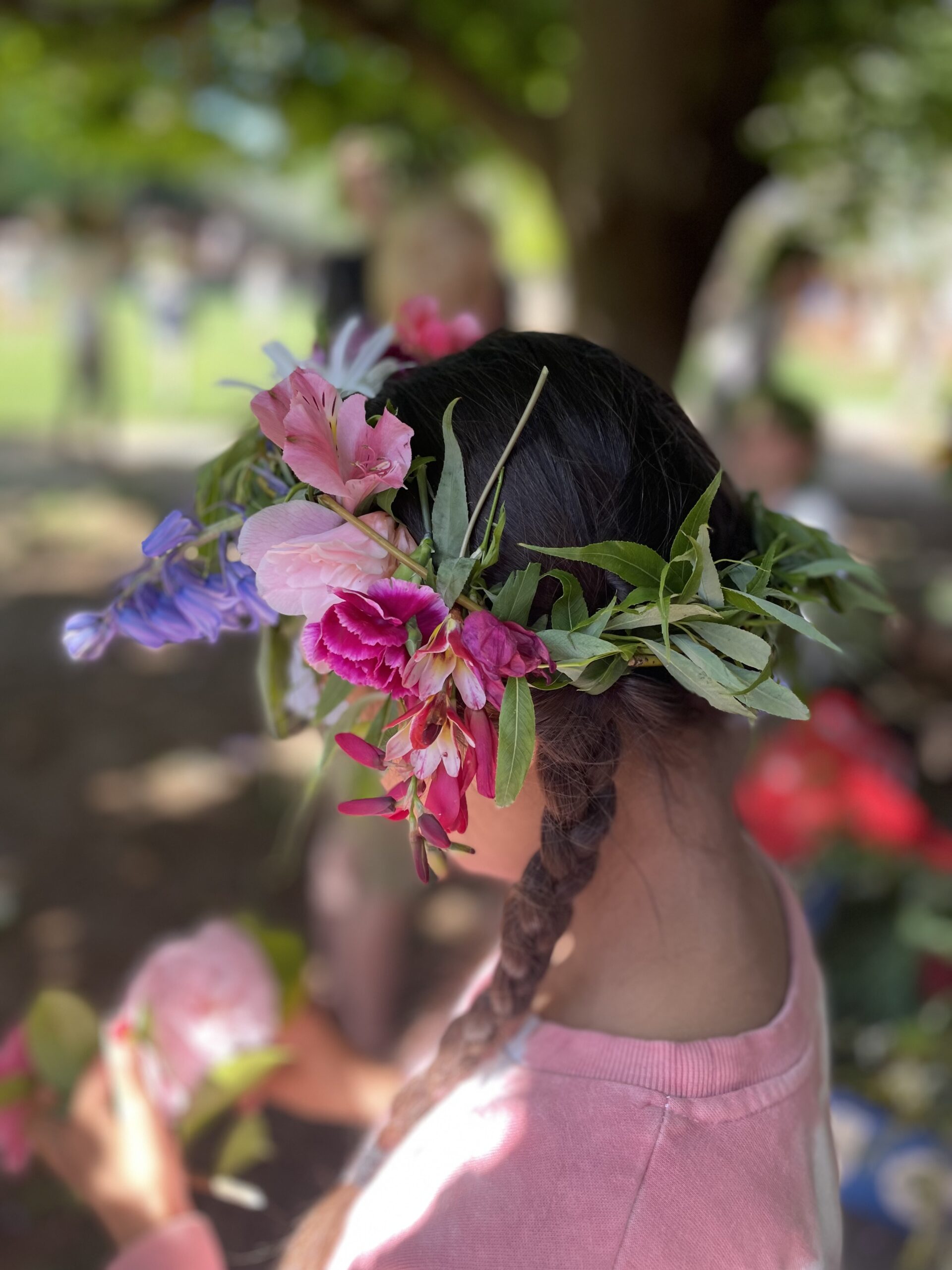Festivals
“Celebrating festivals can bring us consciously to what we all experience instinctively in our daily lives, the changing cycles of the seasons and of life itself. Through various festivals and rituals we acknowledge and celebrate our connection to nature and our responsibility toward each other and the world.”
Significance of the festivals
Festivals are a vital part of Waldorf Education. They provide nourishment to the individual and bring the community together in meaningful ways. The festival is an anniversary that brings to a community the richness of story and song, light and food and celebrates our shared humanity. A festival is a joyous celebration of life and has the quality of lifting us out of the ordinary and into the mysteries and magic of the rhythm of the seasons. Each festival is a mood, an attitude, an experience. It is a social expression that reflects and celebrates an entire season. Celebrations are interwoven with the life of the earth and the cycles of nature.
Festivals are of special pedagogical significance for the development of the child. They help the child to increasingly find orientation in time. For the younger child, time is still passing slowly. Festivals help to subdivide time into different qualities and provide a sustainable experience of being ‘at home in time’. In our present fast-paced life, such a place of inner residence is important. The celebration of festivals not only enables a home in time but also in space. Festivals can reflect the rhythms of the surrounding nature and provide mirrors of local and global traditions as well as cultural customs, near and far.
For older students, the experience of being able to present to the rest of the community at school festivals is significant. Presentations on stage within the protection of the class community, strengthen the child´s psychological development through the growth of self-confidence. In festive plays, the older child or adolescent can practice an ever more autonomous and differentiated appearance in front of an audience of spectators.
Summer
At Willunga Waldorf School we begin and end the school year in summer. Farewells and graduations transform into welcomes and new beginnings. Each new school year commences with the Rose Ceremony where our Class Twelve students welcome the new Class Ones and their teacher into the Primary School with the gift of a rose. At year’s end those same, now confident, Class One students will present a rose back to the graduating Class Twelves in the final week of their school journey.
We watch the sun reach its high point at this time. This is a time when all the forces of the earth have grown outward and have spread themselves beyond the furthest blooming of the plants. It is a time to breathe out, to let go.
Children enjoy activities of an outward and expansive nature. They swim, travel, picnic, walk on the beach, camp and enjoy outdoor adventures. It is a time of mulberries, blueberries, strawberries, figs, almonds, pomegranates and grapes in the region.


Autumn
Autumn in Willunga is honeyed and mellow, slowly but surely giving way to colder days and early rains.
The autumn equinox is traditionally a time of mixed feelings, matching the changing of the seasons. As the days grow shorter and summer gives way to autumn, it is time to look inward and find one’s own strength and courage. It is a time for children to harvest what was sown in the spring and what grew all summer. The earth begins to draw its energy inwards and so do children.
Known as the conqueror of the dragon with his starry sword, the Autumn Saint Michael play, sung and performed by the Primary School children evokes the strength to slay the dragons of fear and anxiety and unfold free, strong, courageous will. It is a time of gratitude for the harvest’s bounty. Harvest baskets are delivered to the festival from each class and later presented to soup kitchens and those in need.
Winter
This festival is celebrated when the sun sends the least power to the earth. The Winter Spiral takes place near to the solstice. The days are short, the nights are long and the winter festival helps remind us all of our ability to bring light into darker times.
A spiral of greenery is laid out on the floor of a quiet, darkened room. At the centre, a lit candle is placed and each child is given a turn to make his or her way through the spiral to the centre, carrying a candle made in preparation for this day. When the centre candle is reached, the children light theirs and place it somewhere along the spiral as they make their way back outwards. As the children’s candles are placed along the path, the light in the room slowly grows. It is a quiet and moving experience, both to participate in and to watch.
Additionally, the lantern walk takes place at night in the depths of mid winter. Student performances for parents and caregivers are held in each younger classroom while the High School students gather to hear first hand, stories from those who have overcome darkness and adversity through strength and fortitude.
Under starry skies, each Primary Class makes their way in a long and glowing chain of silence to a designated, central place. Here the beauty of many hand-crafted lanterns illuminate the night. Winter songs rise into the dark night and each High School class presents a work of fire and movement. The Winter Festival culminates with the Year Twelve students and their teachers together lifting their torches to a sun shaped, rope sculpture as the community unites in singing ‘Rise Up O’ Flame, by thy light glowing, show to us beauty, wisdom and joy”


Spring
The long winter has passed. Nature begins to awaken. The energies of rebirth, transformation, healing, and renewal are finally here!
Children experience Nature’s path through the seasons and particularly in the joy of springtime. The tiny buds bursting into flower, the baby birds and animals, the greening grass, all reveal to the child the cycles of life, the breathing in and out of the earth. It is time for getting the garden ready for planting, exploring the caterpillar’s rebirth as a butterfly and dancing around a maypole.
It is the tradition at Willunga Waldorf School for the Class Fours to open our Spring Festival with a variety of maypole dances and for the community to witness the interweaving of the many coloured ribbons as the students skip and dance to the accompaniment of stringed and wind instruments.
There follows a dance from every class, One to Twelve before the whole community joins hands together for a final, circle dance that stretches the full width of the oval. Picnic blankets are spread on the oval and a feast of shared lunches begins. The Spring break beckons.
BOOK A TOUR
We recognise that choosing a school is a big decision. We invite you to visit us and learn more about how a Waldorf education at Willunga Waldorf School can benefit your child.
Book a School Tour
